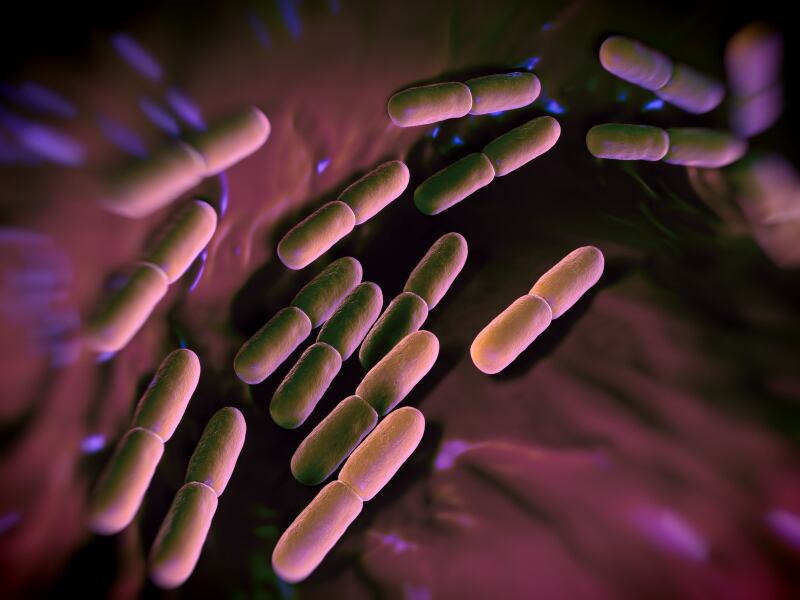The findings go against current thinking that suggests the effect maternal obesity has on children’s gut microbiota may occur through the dietary habits of the family. Recent studies have also suggested the heritability of obesity may partly be caused by the transmission of gut microbes that promote weight gain.
The Danish researchers believe maternal obesity alone does not affect the gut microbiota and its development after introduction of foods. Rather, progression in complementary feeding is the major factor for gut microbiota establishment.
By expanding the understanding of the impact of diet on the development of the gut microbiota, the possibility of manipulating a beneficial progression of the intestinal microbial community maybe possible.
A tale of two microbiotas

In the study, the gut microbiotas of two different infant groups, born to either a random sample of healthy mothers or of obese mothers, were studied. Gut microbiota data were compared to breastfeeding patterns and individual dietary recordings to assess effects of the complementary diet.
Dr Tine Rask Licht, professor and head of the research group at the National Food Institute, began by analysing the stool samples of these children. The samples were collected at nine and 18 months of age, during the time the children’s diet changes from formula/breastfeeding to the food the rest of the family eats.
This included intake of meats, cheeses and Danish rye bread rich in protein and fibre.
By mapping the bacterial composition in the gut at these two stages, the researchers showed that bacterial composition had developed remarkably similar among children in both groups.
”The study shows that the development in bacterial composition between nine and 18 months is evidently independent of maternal overweight and of the associated eating habits,” said Licht.
“The development is primarily affected by the milk-based diet being replaced with family food, which is rich in fibre and protein, as well as breastfeeding duration.”
While other factors such as mode of delivery, gestational age at birth and the mother’s weight may have influenced the development of gut bacterial composition immediately after birth, the study shows that these factors have very little influence on bacterial composition by the time infants are nine months old.
”It takes three to five years before a child’s gut bacterial population is fully established. The more we know about the factors that influence development at different stages, the better we can support initiatives that can be used to help children develop a healthy gut,” said Licht.
”Knowledge about how gut bacteria are established in early childhood can help shed light on why some people end up struggling with their weight as well as diseases like allergies and diabetes later in life,” she added.
Further evidence

Despite the resilience and stability of the gut microbiota, long-term diet (1) and major diet shifts (2) are known to affect the human gut microbiota. Infancy and early childhood are periods in life in which the microbiota responds easily toward influencing factors.
During this period, dietary factors have implications for the establishment of the gut microbiota (3, 4). While many previous studies have focused on early infant diet (5, 6), particularly breastfeeding and formula feeding, only a few have addressed the effects of the complementary (solid-food) diet of infants in the period after six months of age (7).
Source: American Society for Microbiology
Published online ahead of print, DOI: 10.1128/mSphere.00069-15
“Infant Gut Microbiota Development Is Driven by Transition to Family Foods Independent of Maternal Obesity”
Authors: Martin Frederik Laursen, Louise B. B. Andersen, Kim F. Michaelsen, Christian Mølgaard, Ellen Trolle, Martin Iain Bahl, Tine Rask Licht
